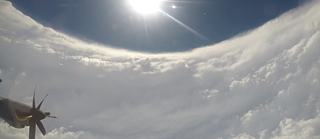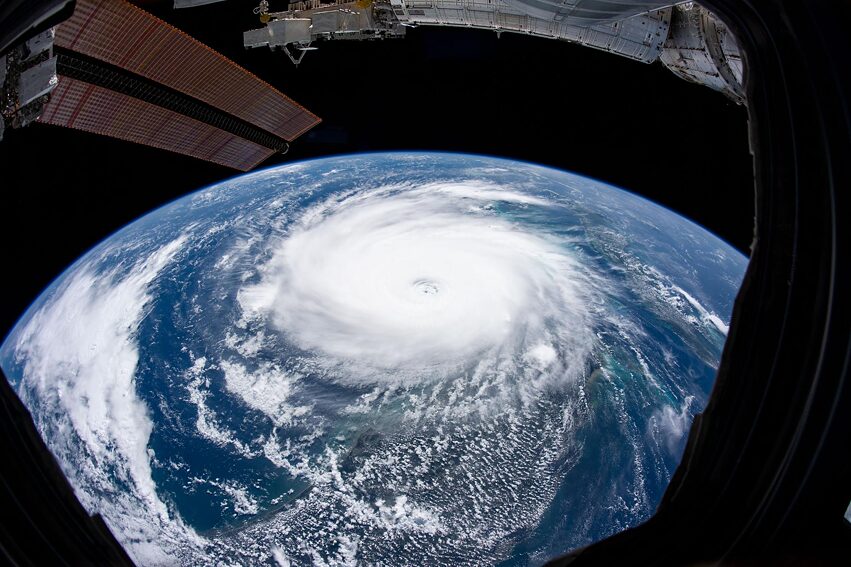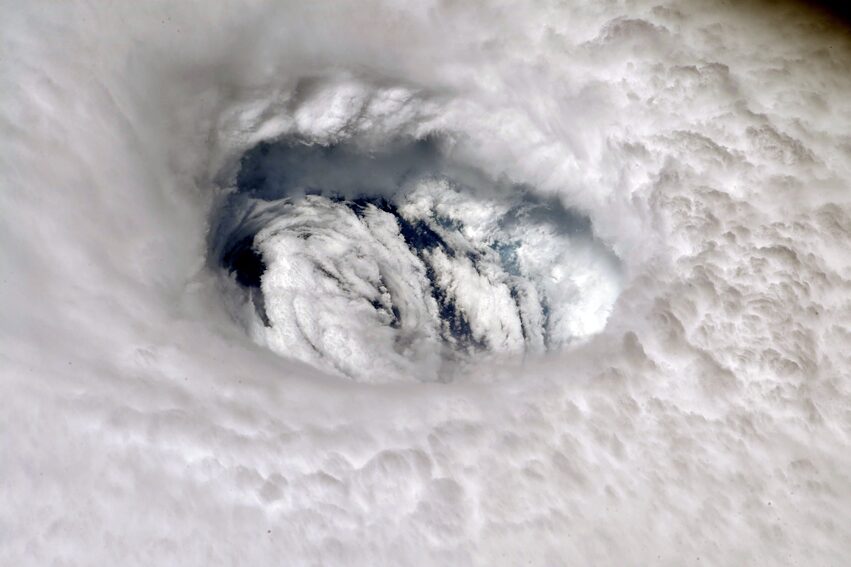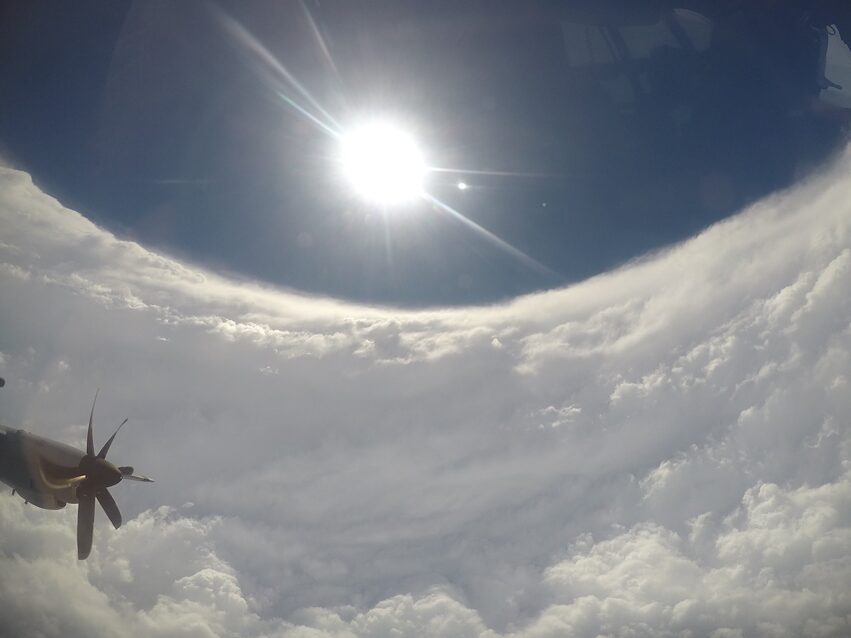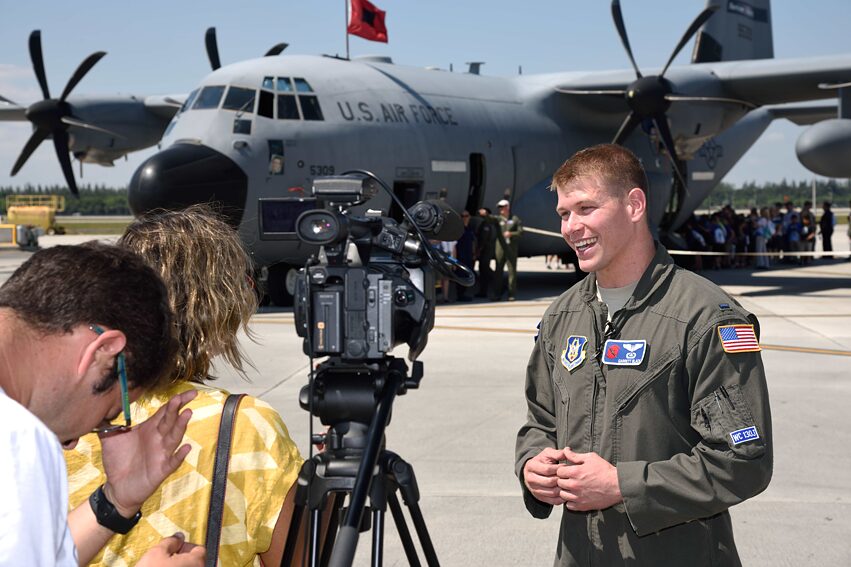Hurricane Hunters
Inside the Eye of the Storm
Every hurricane has an island of calm and stillness: the eye. Not many of us will ever experience it in our lives, but for U.S. Air Force Captain Garrett Black, it is part of his job. Our author Arabelle Liepold spoke with him about experiencing the calm center of chaos, literally.
As the Aerial Reconnaissance Weather Officer of the 53rd Weather Reconnaissance Squadron, also known as the Hurricane Hunters, he is responsible for guiding the WC-130J airplane to collect the most critical data for forecasters at the National Hurricane Center in Miami. “This valuable data ultimately improves both the intensity forecast and narrows down the ‘Cone of Uncertainty’ of where the storm may go,” Captain Black explains. In other words, this data helps people on the ground by giving us enough lead time to prepare for the inevitable and stay safe.
Take a Deep Breath
One major factor in finding the calm of the storm is something that is not monitored on any of the displays in the cockpit — finding your inner calm. When everything else is in motion, Captain Black and his crew take a deep breath and steer their plane through the eyewall, or the area surrounding the eye of the hurricane, until there is nothing but blue skies and stillness around them.Captain Black describes the feeling of being inside the eye of a major hurricane as surreal. “There is a moment of both appreciation and fear of the power of nature. The weather typically begins to change dramatically once we exit the eyewall heading towards the eye of the storm. In major hurricanes, the skies typically begin to clear out, leaving calmer weather and rapidly decreasing winds and pressure.”
The Stadium Effect
This is what also happened on September 1, 2019, when the crew flew right into the eye of Hurricane Dorian, a Category 5 storm that hit the Bahamas with winds of up to 220 miles per hour and storm surges of up to 23 feet, making it one of the most powerful Atlantic hurricanes to make landfall to date.
The picture he snapped with his camera from the cockpit quickly went viral. It shows the tip of the airplane propeller surrounded by a giant wall of clouds with bright and sunny skies above. This is what scientists call the “stadium effect,” caused by towering thunderstorms in the eyewall of extremely powerful hurricanes.
Does flying into a hurricane ever become routine? It depends, says Captain Black. “I think there is a point during really busy seasons when you become fatigued, where it can start to feel routine. That being said, I do take time to try and reflect on the uniqueness of the job and to remind myself of those the data is helping. Oftentimes, we are so focused on getting the mission accomplished that it isn’t until later when we have some time to reflect on the rarity of the mission.”
One might think that a hurricane hunter finds some downtime during the offseason — far from it! “When it isn’t hurricane season, we fly a variety of different missions, including winter storms typically along the Eastern Seaboard and atmospheric rivers, which are responsible for bringing important precipitation to the West Coast of the United States.”
So, next time you think about the stress level in your current job, think again.


